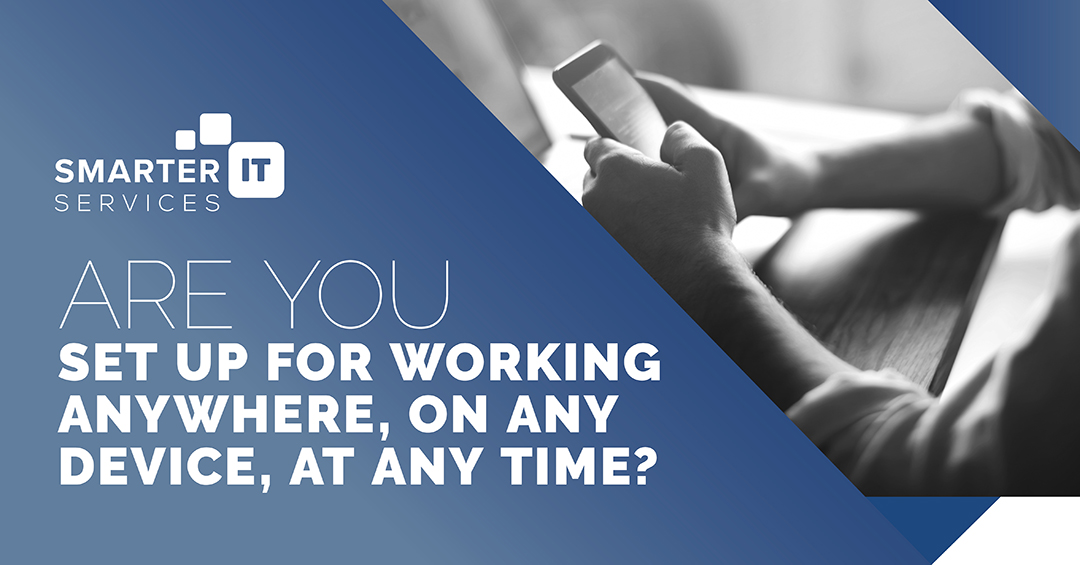Home office on a bigger scale: can everyone do it at the same time and the challenges for companies to get it right.
2020 was like living through one of those post-apocalyptic dystopian movies – everything’s falling apart, humans have to find a new planet… Only we haven’t seen the end of things. The pandemic is not over yet, but we have to go back to business, somehow. The lockdown fell on us like a long-dreaded drill – virtually all businesses had to close their normal operations, every non-essential worker had to work from home. It all happened in a matter of days and continued for months. And while the home office thing might not have been entirely fitting and comfortable for some, others found they were quite content with it. So why turn everything around again? Make the most of it!
With all the uncertainty looming over all aspects of our lives, make your new working arrangements as flexible as possible. This way, you’ll get the most from your staff and be prepared for any scenario in the future. Now, at least we can take the time to make this transition gradually with the due attention to every detail, without the stress and the sense of emergency.
First, look at your people and figure out who is coming back to the office and who will continue to work remotely and why. Some might feel reluctant to start socializing again or they simply prefer the home environment, some might switch to part-time work or rotate between home and office. Decide which option would be better for your company needs right now.
Try also to understand the reasons for their preferences and see how can you ensure that everyone can work from anywhere at any time, without any fuss. This is paramount for keeping your team feel complete and uncompromised by any external factors. Was remote access flawless the first time around and what issues did you have with that. Resolve them now, so no one feels isolated and demotivated.
What about the devices – were people using their personal laptops in the first weeks of lockdown or company ones, will they bring them to work now or you prefer to equip them with new ones? How were they performing with working platforms, access to networks, software uptades, apps, clouds, etc? Was your data and sensitive information protected, did you have a trusted IT support avilable to your staff, as a consequence of that do you see any need now to introduce new protocols or provide more training to people?
Keeping all of this together can seem like a big task and if you need support in undertaking it, download our guide.
Get our free guide today:


